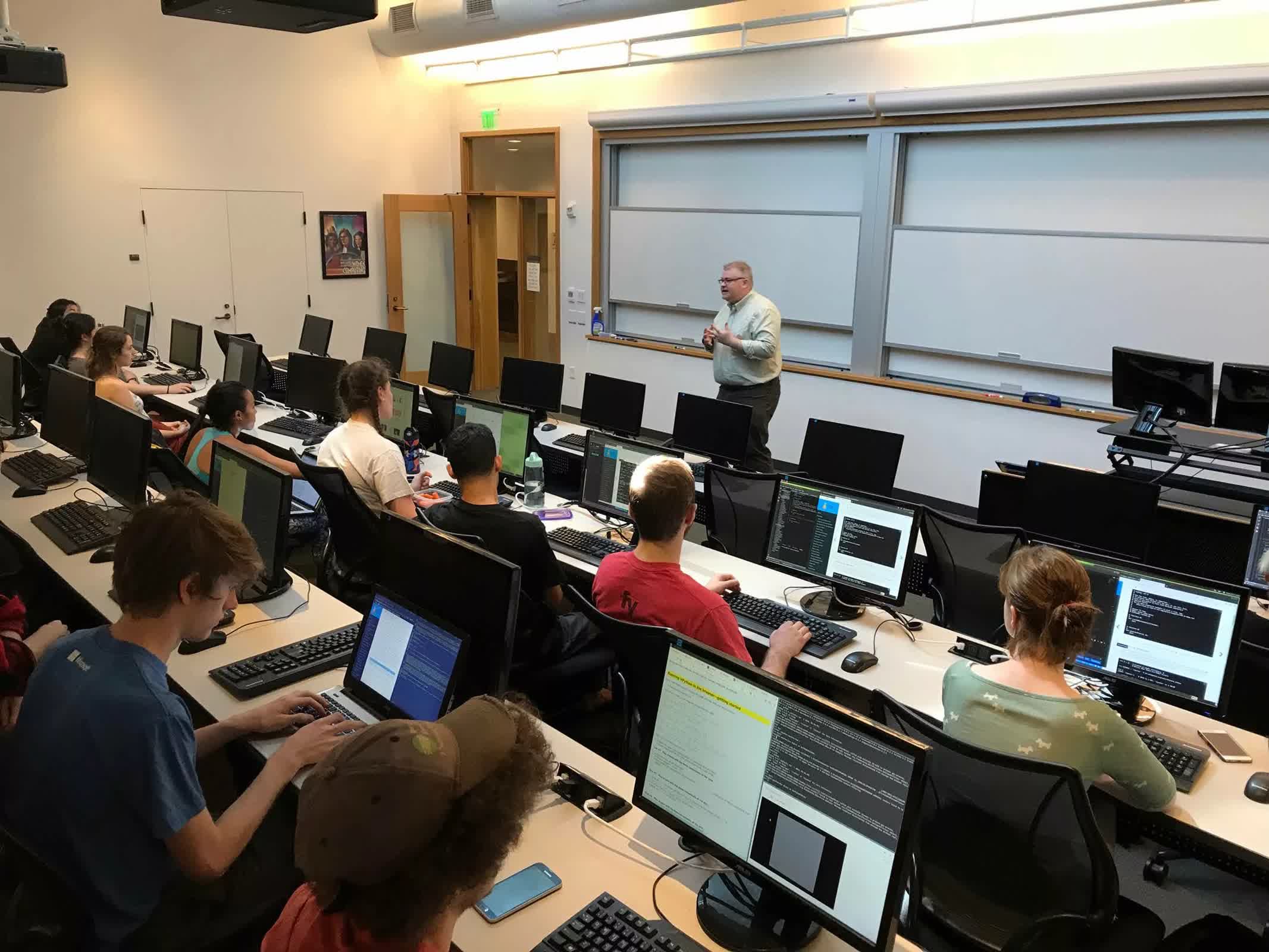The big picture: As summer winds down and students prepare to head back to class, OpenAI has introduced a new feature for ChatGPT meant to address one of the thorniest challenges facing educators in the AI age: the temptation for students to use chatbots as shortcut machines. Wired's Reece Rogers, who has closely covered the intersection of AI and education, reports that "study mode" is an attempt to steer student activity toward meaningful engagement rather than rote answer-seeking.
Rogers concludes, however, that despite the platform's earnest attempt to encourage deeper learning, the responsibility for authentic understanding ultimately remains with the user. Even as technology companies roll out features meant to support learning, the option to sidestep careful study in favor of quick answers is never more than a toggle away.
In an era when artificial intelligence grows increasingly capable and accessible, students face a greater challenge than ever: resisting the appeal of instant solutions in favor of grappling with the material themselves.
Study mode is now available to most logged-in users, including those on the free version of ChatGPT. Rather than simply providing answers, the feature uses the Socratic method to prompt students with open-ended questions, guiding them to reach solutions independently.
The launch of study mode comes amid mounting concerns in academic circles about AI's role in education. Since its debut, ChatGPT has found a place in student routines, sparking debate over academic honesty and the impact of generative AI on critical thinking skills.
OpenAI developed this approach in consultation with educators and cognitive scientists, envisioning ChatGPT as a learning companion rather than an answer vending machine. When study mode is enabled, students are greeted with prompts like "What grade level are you?" and "What would you like to learn?" This tailored, interactive exchange aims to foster real engagement, but it remains easy to revert to the default mode and seek direct answers.
Educators acknowledge that students have always sought shortcuts, from CliffsNotes to the latest homework-solving apps. Yet the immediacy and personalization of AI-powered tools mark a new era, fueling ongoing debates about what authentic learning looks like in a digital age.

OpenAI CEO Sam Altman draws parallels to earlier technological shifts, recalling educators' initial unease about calculators and search engines. He argues that, like those tools, AI should be seen as a means to promote greater intellectual effort – not as a threat to genuine understanding. Still, as AI becomes further embedded in classrooms, new questions arise about the long-term effects of relying on generative software.
Ultimately, the broader implications of features like study mode remain unclear. Ongoing research and partnerships with educational institutions seek to measure AI's impact, but some critics worry that dependence on these tools could undercut students' development as independent thinkers.
For now, the challenge for students lies not only in using new learning technologies, but in choosing how – and how much – to rely on them.
